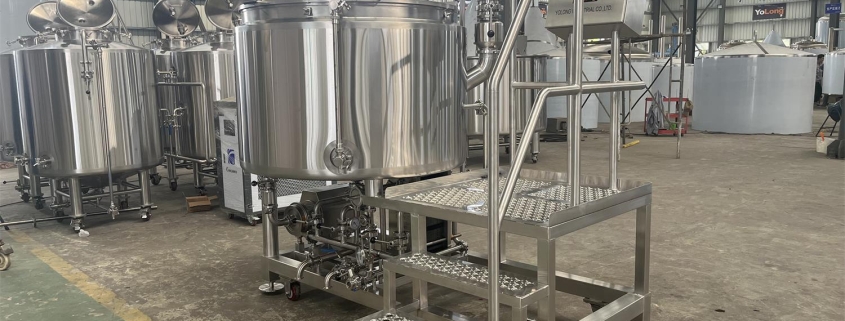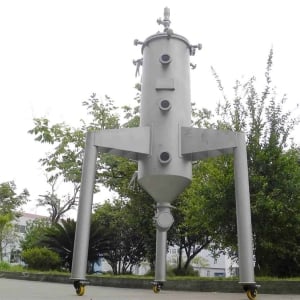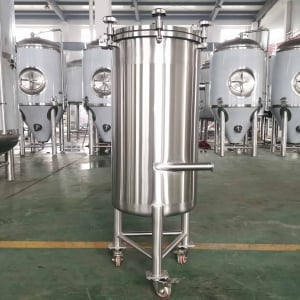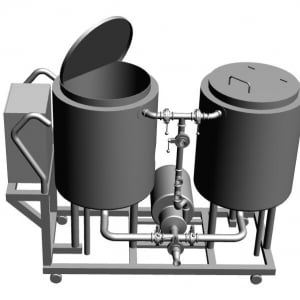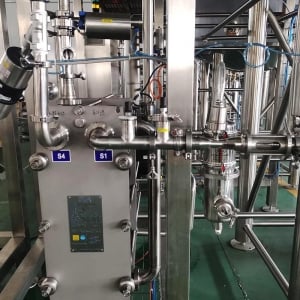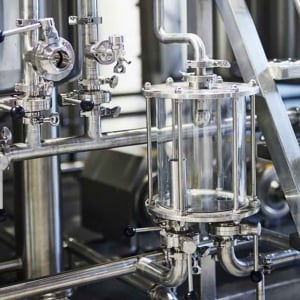Wine Making Tanks: The Essential Guide
Overview of Wine Making Tanks
Wine making is an art that marries science and tradition, and the vessel you use for fermentation can significantly impact the final product. From ancient clay amphorae to modern stainless steel tanks, the choice of a fermentation vessel affects the taste, texture, and aroma of the wine. This guide dives deep into the world of wine making tanks, exploring different types, their advantages, and how to choose the best one for your needs.
Types of Wine Making Tanks
Wine making tanks come in various forms, each offering unique benefits and drawbacks. The primary types include stainless steel tanks, oak barrels, concrete tanks, and plastic fermenters.
Stainless Steel Tanks
Stainless steel tanks are the modern winemaker’s go-to option. They are versatile, durable, and easy to clean. These tanks allow precise temperature control, which is crucial for maintaining the integrity of the wine during fermentation. Additionally, stainless steel tanks do not impart any flavors to the wine, preserving the pure characteristics of the grape.
Oak Barrels
Oak barrels have been used for centuries and are cherished for the distinct flavors they impart to the wine. Aging wine in oak barrels can add complexity, including notes of vanilla, spice, and caramel. However, oak barrels are labor-intensive, expensive, and have a limited lifespan compared to stainless steel tanks.
Concrete Tanks
Concrete tanks offer a middle ground between stainless steel and oak. They provide micro-oxygenation, similar to oak barrels, but without imparting woody flavors. These tanks are praised for the minerality they can add to the wine. However, they are heavy, difficult to move, and can be challenging to clean.
Plastic Fermenters
Plastic fermenters are the most economical option and are popular among amateur winemakers. While they are lightweight and easy to handle, plastic fermenters can be prone to scratching, which can harbor bacteria and affect the wine’s quality. They also have a shorter lifespan compared to other materials.
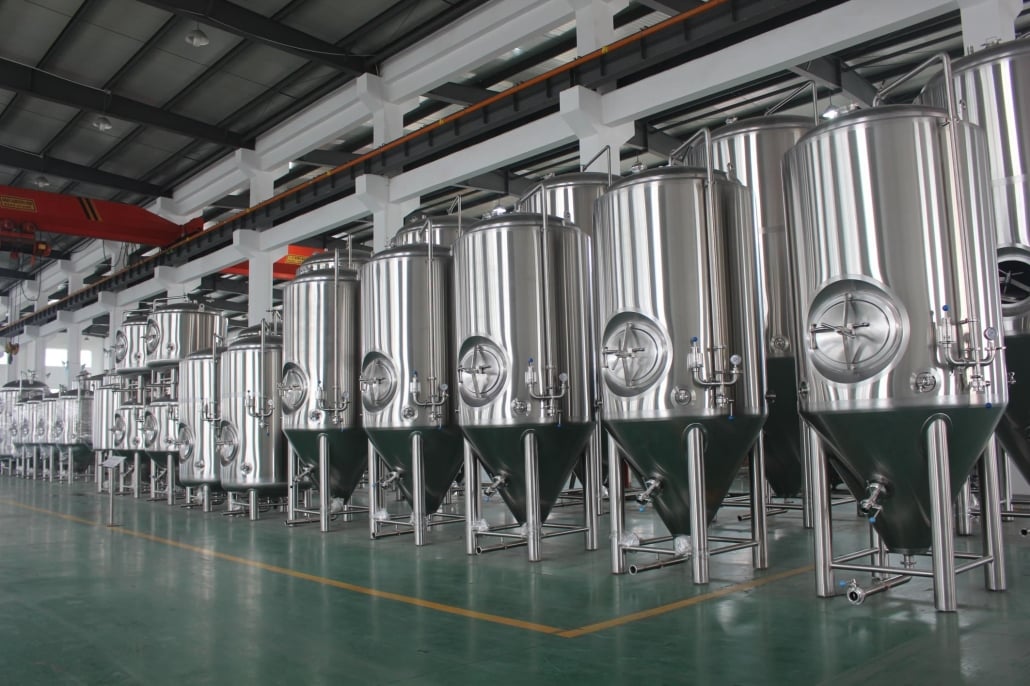
Equipment Guide for Wine Making
Investing in the right equipment is crucial for successful wine making. Here’s a detailed guide on essential wine making equipment:
Fermentation Vessels
- Stainless Steel Tanks: Durable, easy to clean, and offer precise temperature control.
- Oak Barrels: Enhance flavor complexity, but require more maintenance.
- Concrete Tanks: Provide micro-oxygenation without woody flavors, but are heavy and hard to clean.
- Plastic Fermenters: Economical and lightweight, but less durable.
Ancillary Equipment
- Airlocks and Bungs: Essential for sealing fermentation vessels and allowing CO2 to escape.
- Pumps: Used for transferring wine between vessels.
- Presses: Extract juice from grapes post-fermentation.
- Cleaning Supplies: Sanitizers and brushes to maintain equipment hygiene.
Comparative Table of Wine Making Tank Types
| Tank Type | Material | Flavor Influence | Durability | Maintenance | Cost Range |
|---|---|---|---|---|---|
| Stainless Steel | Metal (Stainless) | None | High | Low | $1,000 – $10,000 |
| Oak Barrels | Wood (Oak) | High | Medium | High | $500 – $2,500 |
| Concrete Tanks | Concrete | Minimal | High | Medium | $2,000 – $15,000 |
| Plastic Fermenters | Plastic | None | Low | Medium | $50 – $500 |
Detailed Wine Making Process
Understanding the wine making process is essential for choosing the right equipment. Here’s a breakdown of the steps involved:
1. Harvesting
Grapes are handpicked or machine harvested, ensuring they are at optimal ripeness.
2. Crushing and Pressing
The grapes are crushed to release their juice. For white wines, pressing happens immediately, while red wines undergo maceration first.
3. Fermentation
The juice is transferred to fermentation tanks where yeast is added. The yeast converts sugars into alcohol and carbon dioxide.
4. Clarification
Post-fermentation, the wine is clarified through racking, filtration, or fining to remove solids.
5. Aging
The wine is aged in tanks or barrels to develop flavors. Stainless steel tanks preserve fresh, fruity notes, while oak barrels add complexity.
6. Bottling
Once the desired maturity is reached, the wine is bottled and sealed for distribution.
Capacity, Space, Design, and Customization of Wine Making Tanks
Choosing the right tank involves considering your production scale, available space, design preferences, and customization needs.
| Parameter | Details |
|---|---|
| Capacity | Ranges from 5 gallons for small-scale home brewing to several thousand gallons for commercial use. |
| Space | Stainless steel tanks and plastic fermenters are compact. Concrete tanks require more space. |
| Design | Options include cylindrical, conical, and rectangular designs, each offering different benefits. |
| Customization | Tanks can be customized with temperature control systems, agitators, and specialized coatings. |
Wine Making Tank Suppliers and Price Range
Choosing a reputable supplier ensures quality and reliability. Here’s a comparison of some leading suppliers and their price ranges:
| Supplier | Tank Type | Price Range |
|---|---|---|
| Blichmann Engineering | Stainless Steel | $1,200 – $7,000 |
| Speidel | Plastic | $100 – $400 |
| Wine Enthusiast | Oak Barrels | $400 – $2,000 |
| Sonoma Cast Stone | Concrete | $2,500 – $10,000 |
Installation, Operation, and Maintenance of Wine Making Tanks
Proper installation, operation, and maintenance are vital for optimal performance and longevity of wine making tanks.
| Aspect | Details |
|---|---|
| Installation | Requires professional setup, especially for large tanks. Ensure a stable, level base and proper connections. |
| Operation | Follow manufacturer guidelines for temperature control, cleaning, and fermentation processes. |
| Maintenance | Regular cleaning with appropriate sanitizers. Inspect for wear and repair or replace parts as needed. |
How to Choose the Right Supplier
Selecting the right supplier is crucial for securing quality tanks and reliable customer support.
| Criteria | Details |
|---|---|
| Reputation | Look for suppliers with positive reviews and a history of reliability. |
| Quality Assurance | Ensure the supplier adheres to industry standards and offers warranties. |
| Customer Support | Responsive and helpful customer service can assist with installation and troubleshooting. |
| Price | Compare prices but don’t compromise on quality for cost. |
Comparing Pros and Cons of Different Wine Making Tanks
Each type of wine making tank offers distinct advantages and limitations:
| Tank Type | Advantages | Disadvantages |
|---|---|---|
| Stainless Steel | Durable, easy to clean, precise temperature control | Higher initial cost compared to plastic |
| Oak Barrels | Adds complexity to flavor, tradition-rich | Expensive, labor-intensive, limited lifespan |
| Concrete Tanks | Adds minerality, micro-oxygenation | Heavy, difficult to clean, higher cost |
| Plastic Fermenters | Economical, lightweight | Prone to scratching, shorter lifespan |
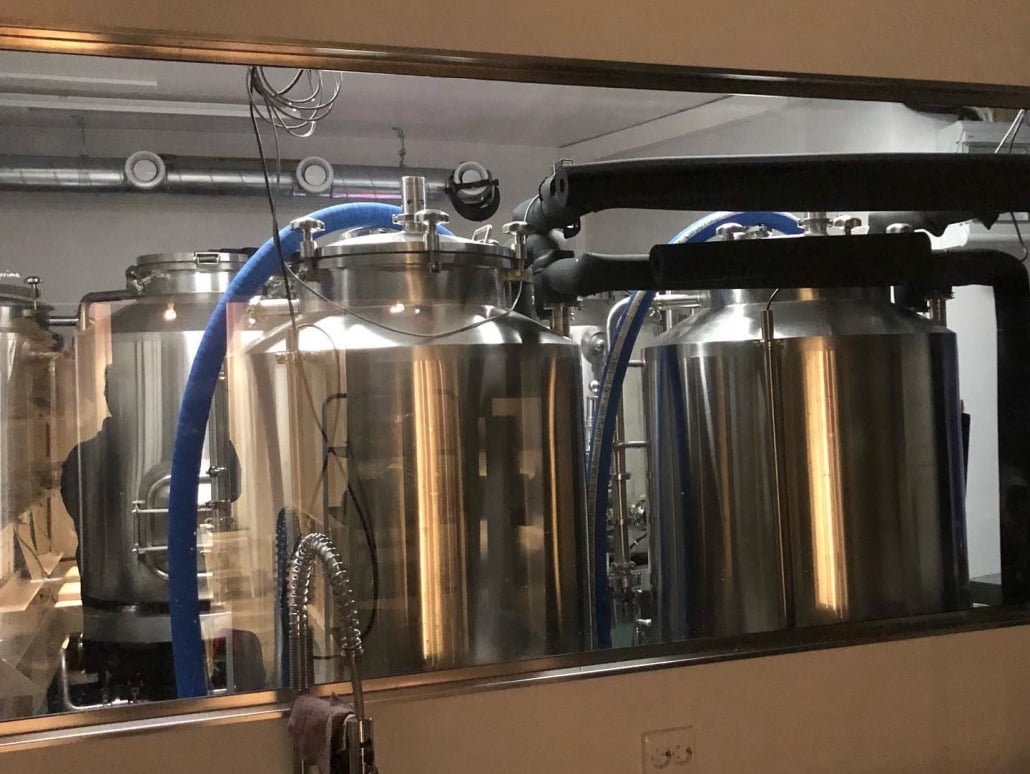
FAQs
| Question | Answer |
|---|---|
| What is the best material for wine making tanks? | Stainless steel is often preferred for its durability and ease of use, but oak and concrete offer unique benefits. |
| How do I clean a wine making tank? | Use appropriate sanitizers and brushes. Stainless steel is the easiest to clean. |
| Can plastic fermenters affect wine quality? | Yes, scratches can harbor bacteria, impacting wine quality. |
| What size tank do I need for small-scale production? | Small-scale producers can start with 5-20 gallon tanks. |
Conclusion
Choosing the right wine making tank is a critical decision that affects the quality and character of your wine. By understanding the different types of tanks, their advantages and disadvantages, and how to maintain them, you can make an informed choice that suits your wine making needs. Whether you opt for the modern convenience of stainless steel, the traditional appeal of oak, or the unique qualities of concrete, the right tank will help you craft exceptional wines.

